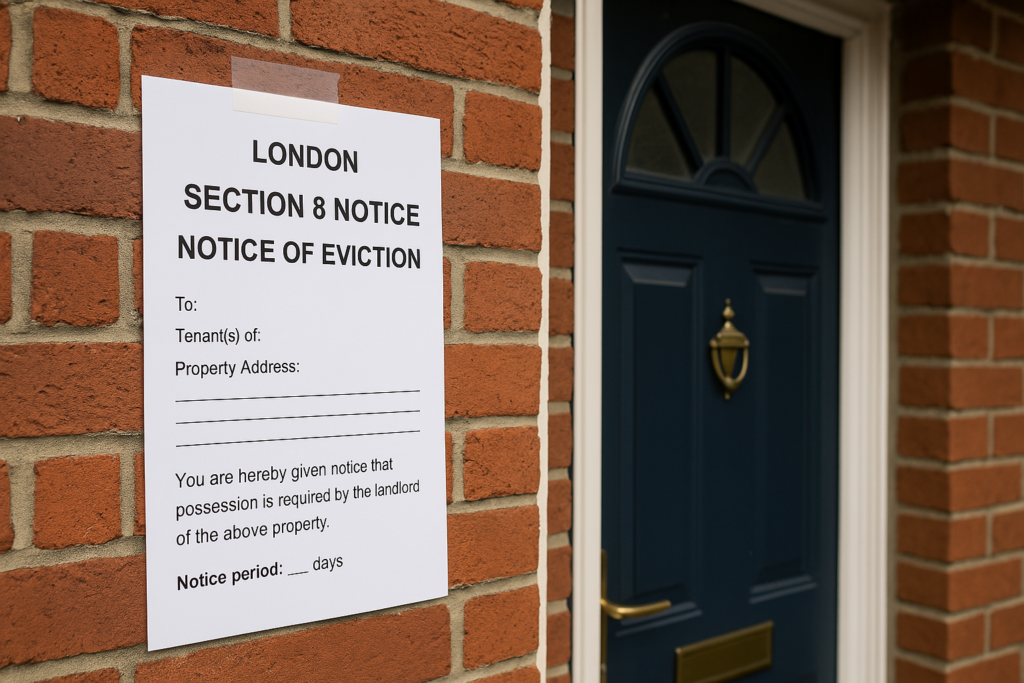When a loved one passes away, disputes over the estate may arise, especially if there are concerns about the will’s validity or an executor’s entitlement.
In such cases, filing a caveat can be an essential legal tool to halt the probate process temporarily.
Below is a comprehensive guide on how to stop a Grant of Probate in England by filing a caveat, including legal implications, procedure, timelines, and best practices.
What Is a Grant of Probate, and Why Might You Want to Stop It?
A Grant of Probate is a legal document issued by the Probate Registry which confirms the authority of an executor to administer the deceased’s estate. Once granted, it enables the executor to collect assets, pay debts, and distribute the estate according to the will.
However, there are situations where interested parties may want to prevent this grant, especially if there are:
Doubts about the validity of the will
Claims of undue influence or fraud
Concerns about the mental capacity of the testator at the time of writing the will
Disputes over who should administer the estate
Intestacy issues or rival claims to probate
In such scenarios, filing a caveat is a legitimate method to prevent the Grant of Probate from being issued until the dispute is resolved.
What Is a Caveat in Probate?
A caveat is a formal request lodged with the Probate Registry that prevents the issuance of a Grant of Probate or Letters of Administration. It is a protective measure that delays the process, typically for six months, and can be renewed as necessary.
Only those with a legal interest in the estate (such as potential beneficiaries, family members, or creditors) should lodge a caveat.
When Should You File a Caveat?
You should file a caveat as early as possible if you believe there is a legitimate reason to contest the probate. The most common situations include:
The will may be forged or fraudulent
The deceased lacked mental capacity
The will was made under duress or undue influence
Do you believe the intestacy rules apply
You wish to apply for Letters of Administration yourself
A more recent will may exist
There are issues with the appointed executor’s conduct
If you doubt the situation, filing a caveat prevents probate from progressing while legal advice is sought or a claim is prepared.
How to File a Caveat in England
Filing a caveat is a straightforward process, but precision is crucial.
Step 1: Eligibility
Ensure you have a proper interest in the estate. You must be:
A family member or relative of the deceased
A beneficiary of the estate
A person with a financial interest (e.g., creditor)
Someone with a potential claim under the Inheritance (Provision for Family and Dependants) Act 1975
Step 2: Complete Form PA8A
You can lodge the caveat online via the MyHMCTS portal (if you are a legal professional) or submit Form PA8A via post.
Details needed include:
Full name and date of death of the deceased
Last known address
Your name and address
Grounds (brief) for entering the caveat
Step 3: Pay the Updated Fee
As of the latest update, the fee for filing a caveat is £3.00 online via MyHMCTS. If applying by post, the fee has increased to £20.00. This change reflects the UK government’s recent adjustment to probate-related administrative fees. Your application must include payment via cheque or postal order payable to ‘HMCTS’.
Step 4: Lodge the Caveat
Send the completed form and payment to:
The District Probate Registry
HMCTS Probate
PO Box 12625
Harlow
CM20 9QE
Once processed, the caveat enters the probate system and blocks the issuance of any grant for six months.
What Happens After a Caveat Is Filed?
Once entered, the caveat lasts for six months. During this time:
The executor cannot proceed with the probate application
The caveator (you) can gather evidence and seek legal counsel
Negotiations may take place
If necessary, a contentious probate claim can be initiated in court
If no action is taken, the caveat will expire after six months, unless renewed.
How to Extend or Renew a Caveat
Before the six-month period ends, the caveat can be renewed for another six months by submitting a written request and paying the renewal fee.
Fee for renewal by post: £20.00
Fee for online renewals: £3.00 (legal professionals via MyHMCTS)
There is no statutory limit on the number of times a caveat can be renewed, but it must not be used to delay the estate’s administration unnecessarily.
What If the Executor Challenges the Caveat?
If the person applying for probate disputes the caveat, they may issue a Warning through the probate registry. The caveator must then:
Enter an Appearance within 8 days to defend the caveat and confirm their interest in the estate
If no response is received, the caveat will be removed, allowing the Grant of Probate to be issued. If the caveator enters an Appearance, the matter becomes contentious, and litigation may follow.
How to Remove a Caveat Voluntarily
If the issue is resolved or you no longer wish to stop probate, the caveat can be removed by writing to the Probate Registry with:
Your name
Caveat reference number
A formal request for withdrawal
A signed statement
Risks of Filing a Caveat Without Proper Grounds
A caveat should only be filed with a genuine legal reason. Filing without reasonable grounds may result in the following:
Wasted costs orders from the court
Personal liability for legal fees
Delays in estate distribution
Reputational damage in contentious probate proceedings
It is strongly advised to seek legal advice before proceeding if there is any uncertainty.
Frequently Asked Questions
How long does a caveat stop probate for?
A caveat prevents the issuance of a Grant of Probate for six months. It can be renewed indefinitely if action is taken before expiry.
Can anyone file a caveat?
No, only those with a legal interest in the estate, such as family members, beneficiaries, or creditors, can validly file a caveat.
What is the current fee to file a caveat?
As of the latest update:
Online via MyHMCTS: £3.00 (for legal professionals)
By post using Form PA8A: £20.00
What happens if I don’t respond to a Warning?
If a Warning is issued and you fail to respond within 8 days, the caveat will be removed automatically, and probate will proceed.
Can I remove a caveat after it’s filed?
Yes. You can withdraw a caveat voluntarily by writing to the Probate Registry with the necessary details and a signed request.
Will the executor be notified when a caveat is filed?
The executor will discover the caveat only when attempting to apply for probate. They are not automatically notified when the caveat is entered.
Can a solicitor file a caveat on my behalf?
Yes. Many people instruct a solicitor to ensure the caveat is filed correctly, especially in contentious cases.
Key Takeaways for Filing a Caveat in England
A caveat can stop probate and buy time to investigate or dispute the estate
It lasts for six months and is renewable
File only with a valid legal interest
The fee is now £20 by post (or £3 online for legal professionals)
Take legal advice if unsure about your position
Read our other Blogs:
Time Limits For Contesting A Will In England: Don’t Miss The Deadline
What Happens If There Is No Will? Understanding Intestacy Rules In The UK – London Estate Agency





